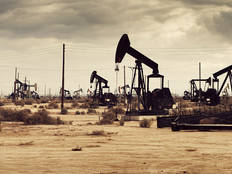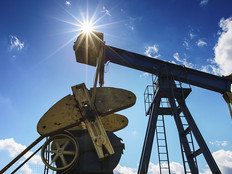How the Energy Industry Can Use the Industrial IoT to Innovate [#Infographic]
The world’s demand for energy is not going down, but with oil prices staying consistently low, oil and gas companies need to ensure that their operations are as efficient as possible.
As they hunt for more sources of energy, companies are turning to the industrial Internet of Things (IIoT) to achieve these efficiencies and expand operations. Research firm Gartner estimates that 56 percent of businesses in asset-intensive “heavy” industries like oil and gas will have deployed IoT solutions by the end of 2016. By using wireless connectivity and sensors, energy firms can monitor their assets in the field and achieve higher utilization rates.
Sensors can be attached to all manner of energy equipment, from rigs to drilling gear to vehicles that look for energy sources. If the oil and gas industry could use analytics from IIoT sensors to understand all of the data that is being produced, they could boost efficiencies by up to 20 percent, according to a report from DNV GL, which provides technical assurance, software and independent expert advisory services to the maritime, oil and gas, and energy industries.
As they push into new frontiers, in search of oil and natural gas deposits in remote areas, energy firms need rugged networking capabilities for activities like subsea seismic imaging, hydraulic fracturing operations (better known as “fracking”) and well production and pipeline monitoring. Energy and utility companies are also using drones to monitor equipment and the electrical grid, and oil and gas firms are using drones to inspect platforms and pipelines.
Take a look at the infographic below to see how energy firms can take advantage of the IIoT. Read CDW’s latest Energy Tech Report for powerful insights on using the IIoT, Big Data and mobility to boost efficiency and tackle today’s market challenges. And learn more about how CDW’s ruggedized networking and remote infrastructure solutions can connect you to better profitability.










